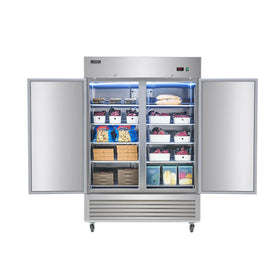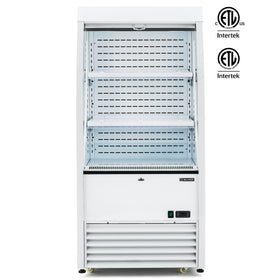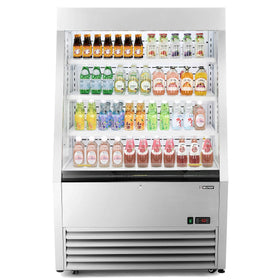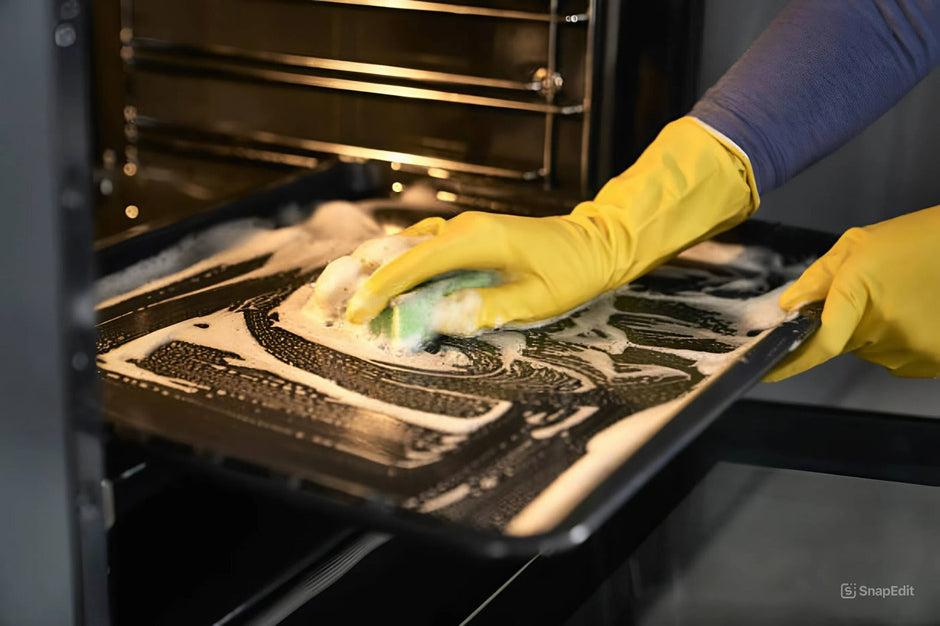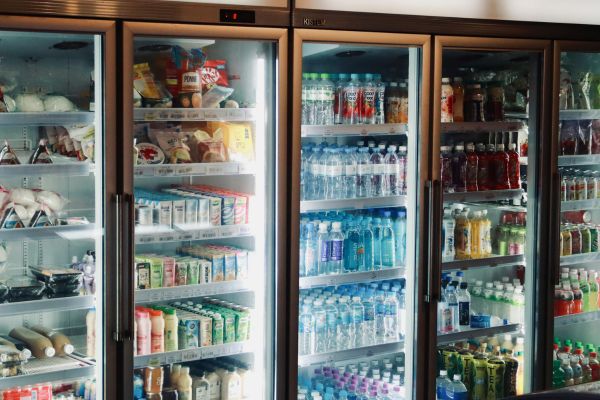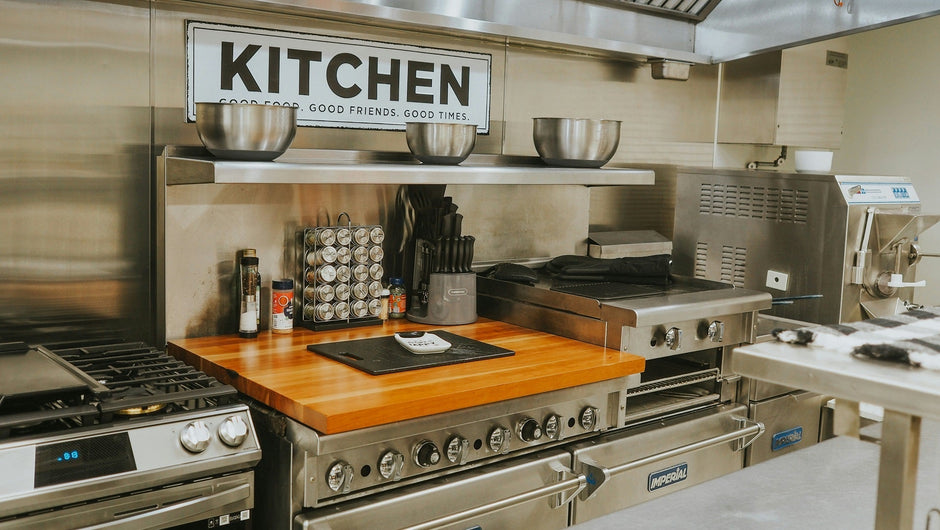The most important thing to keep in mind when organizing a commercial refrigerator is that not all commercial refrigerators are organized in the same way. Different types of commercial refrigerators are designed for different purposes, and as such, each type should be organized in a way that best fits its purpose.
- Reach-in commercial refrigerators are designed to preserve a variety of perishable items like meat, milk, and vegetables, so they must be organized such that cross-contamination is prevented.
- A commercial display refrigerator is designed to display items to customers; they must be effectively organized for maximum product visibility.
- Commercial chef bases mostly hold ready-to-use ingredients, so they must be organized in a manner with reach-in refrigerators, but with a little more priority to priority to accessibility of items.

How to Organize a Commercial Reach-in Refrigerator
When it comes to organizing a commercial reach-in refrigerator, the principal priority is ensuring proper food placement in order to prevent cross-contamination. You also want to organize the items in such a way that the frequently used ingredients and items are easy to access.
To achieve this, a reach-in refrigerator must be organized such that the ready-to-eat foods are on top, raw meats are at the bottom, and frequently used items are up front for easy access and consistent airflow.
Follow these steps to organize a commercial reach-in refrigerator:
Step#1: Start by cleaning and decluttering
Take everything out, and start with a clean, empty unit. Emptying ensures you are able to reach every nook and every corner.
Step#2: Set the temperature zones correctly
Commercial refrigerators typically accommodate a variety of items, which are best stored at different temperatures. Ideally, you want the temperature zone set up such that the bottom shelves are coldest. Follow this table:
| Refrigerator Zone | Temperature Range | Reason |
| Top Shelves | 38-40°F (3-4°C) | Safest area for foods that won’t be cooked again |
| Middle Shelves | 36-38°F (2-3°C) | Consistent cooling for freshness |
| Bottom Shelves | 32-36°F (0-2°C) | The coldest zone prevents spoilage and cross-contamination |
Step#3: Arrange by Food Types to Prevent Cross Contamination
When it comes to reach in commercial refrigerators, what goes on the top shelf matters. Food items that are likely to cause cross-contamination cannot be placed on the top shelf: raw meats, for example, would release juices which may drip onto the items below.
Hence, the top shelf of a commercial reach-in refrigerator is typically reserved for ready-to-eat foods, the middle shelf for dairy produce, and the bottom shelf for raw meats.
Step#4: Use Labeled Containers
Labeled containers are important when it comes to commercial reach-in refrigerators, because they help kitchen staff identify items and ingredients at a glance. Make sure each label contains a date so everyone can ascertain how long it has been in the fridge.
Step#5: Apply FIFO (First-in First Out)
To ensure that items don't get lost in the back and end up getting spoiled, always adopt a “first-in-first-out” policy when organizing your commercial refrigerator. Place the older stock at the front, and the new items in the back.
Step#6: Avoid Overloading
Lastly, never put more items in your commercial refrigerator than it can handle. Every commercial refrigerator has a total capacity (measured in cubic feet), and each shelf has a maximum weight capacity. Exceeding these limits interferes with airflow and overworks the refrigerator, causing food spoilage and reducing its lifespan in the long run
Summary
When most people talk of organizing a commercial refrigerator, they are, in fact, referring to organizing a commercial reach in refrigerator. These are the type of commercial refrigerators with solid doors that are used in the back kitchen for storage of perishable items such as milk, meat, eggs, and vegetables.

Organizing a Commercial Display Refrigerator
Glass-door refrigerators, open-air merchandisers, and countertop display commercial refrigerators are all different types of commercial display refrigerators, and they are generally organized following the same principles.
The priority, when organizing a commercial display refrigerator, is not only to ensure that the items cool consistently, but also that they are sufficiently visible and accessible to customers. Hence, when you organize a commercial display refrigerator, you put high-margin/ impulse items at eye level.
How to Organize a Commercial Display Refrigerator
- Empty and clean the refrigerator: Begin by emptying and decluttering
- Set the temperature range: Depending on the items, set the temperature range and confirm with a thermometer
- Plan the layout: Decide which shelves would be suitable for holding drinks, grab-and-go products, produce, dairy products, etc.
- Put similar items together: keep similar products together (drinks, sandwiches, salads, dairy). This not only makes it easier for customers to see but also for staff to notice when each item is running out and restock.
- Place the coldest items lowest. Meats and seafood or items needing extra chill should be on lower shelves or the coldest section.
- Use clear labeling and pricing: label product names, dates, and prices so staff and customers can read quickly.
- Apply FIFO: rotate stock so older items are in front and used/sold first.
- Allow airflow: leave space between items; never block vents or fan areas.
- Optimize visibility and lighting: arrange attractive front-facing displays; use consistent lighting to highlight products.

Strategies for Organizing a Commercial Display Refrigerator
A commercial display refrigerator is most effective at boosting sales if the products are strategically placed and organized not only to attract the attention of customers, but also to make them as convenient and accessible as possible.
Here are the top strategies for organizing a commercial display refrigerator
1. Use the tiered placement principle
The tiered placement principle is a method of arranging products in visible, layered levels (one above the other) so customers can easily see and reach items. It is mostly used when displaying items of equal or similar size in a display refrigerator, and it ensures that all products, even those in the back, stay visible.
2. Position best-selling products at eye-level height
In sales, it is generally believed that “eye level is buy level.” Products placed at eye level attract the attention of customers first, and therefore usually sell out faster.
Identify top sellers and place them on the shelf that is likely to be at eye level for the customers ( usually between about 48-60 inches from the floor). Put high-demand products in the middle section, where a shopper would naturally look first, and ensure it is always full: gaps reduce visibility and sales.
3. Surround Products with complementary items
Place complementary or related products together so customers can buy them together without having to move. Customers expect to find bottled water close to the sodas, coffee beside tea, etc.
In summary, when you organize a commercial refrigerator, clean first, set the temperature, group and label products, use the FIFO approach, and keep the airflow clear.

Getting the Right Commercial Refrigerator
Of course, the conversation about food safety always begins with having the right refrigerator. A top-quality commercial refrigerator for your kitchen is the first step to implementing efficient food safety practices.
Wilprep’s Kitchen is a global supplier of reliable and durable commercial kitchen equipment, including commercial refrigerators. From reach-in models to open-air models to display merchandisers, Wilprep has supported businesses in all sectors of the food service industry to attain and maintain high standards of food security.
Check out some of Wilpreps' products and become a customer to benefit from interesting and informative blogs, including tips on how to clean your commercial refrigerator.


